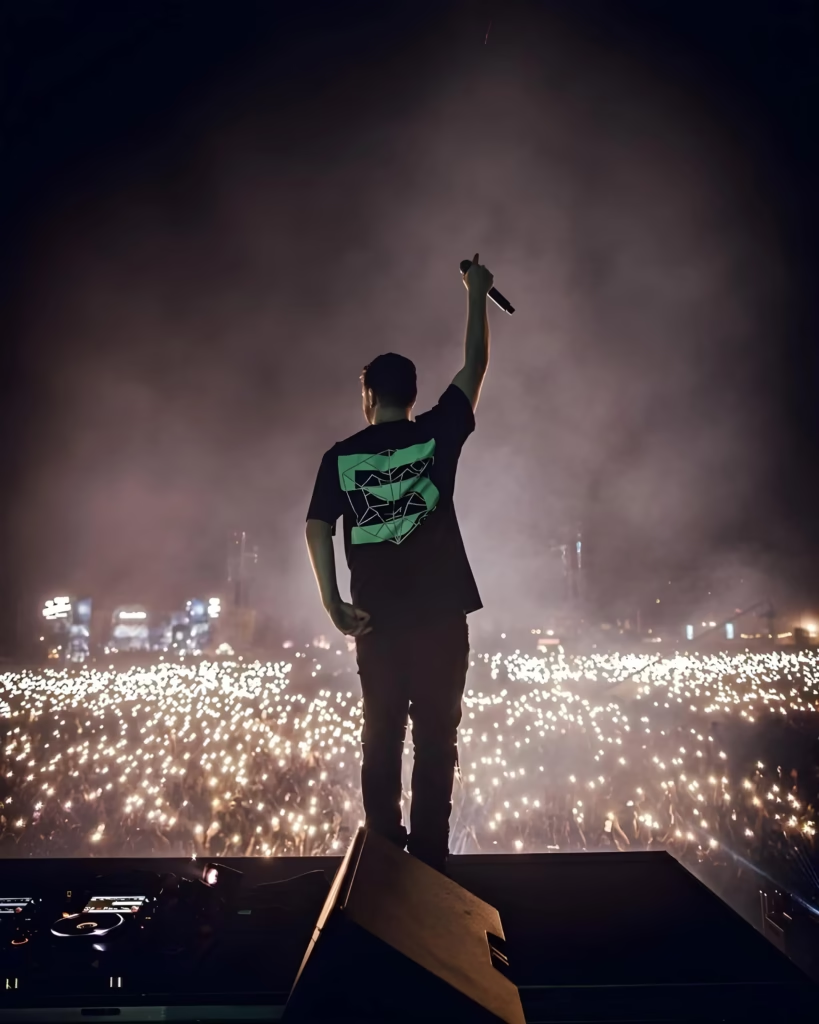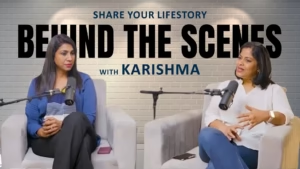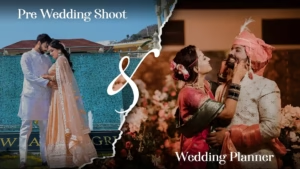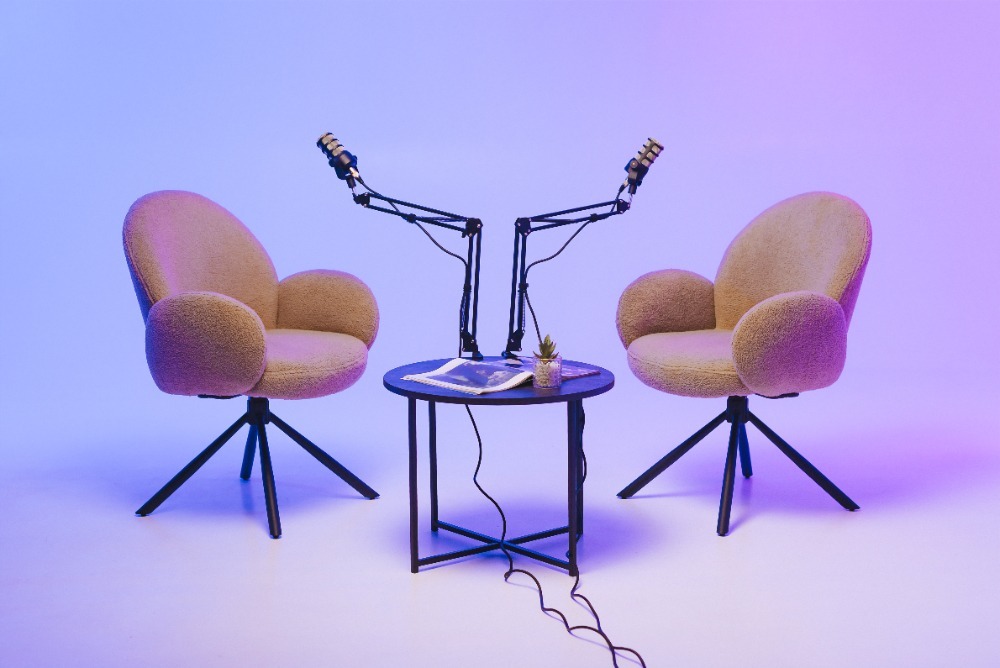Hip hop started in the streets of New York City in 1970, it is one of the most loved music styles all over the world, whether it is dance or singing, hip hop music and the lyrics often reflect feelings of depression, anxiety or loneliness, many artists express the emotional pain. It was first made by African American and Latino communities, but now it is enjoyed everywhere. Recently Indian hip-hop has made its mark, growing from an underground movement to a mainstream cultural force. Lets explore how indian hip-hop came to be and what makes it so special.
The Early Days: How Indian Hip Hop Took Shape
Hip-Hop music genre in india started in the early 2000s. In the beginning it was mostly inspired by western hip-hop. Indian artists tried to imitate the American style, rapping in English and using similar beats. However as the internet became more available, Indian artists began making their own version of hip-hop.
In cities like Mumbai, Delhi, and Bangalore, hip-hop began to grow. Artists started mixing Hindi, English, and local language in their music. This wasn’t just about copying western music it was about talking about the real issues people faced in india like, poverty, social unfairness, and the challenges of young people in cities. These early songs shared real- life stories from india making hip-hop feel close to home and meaningful.

The Social Impact of Indian Hip-Hop
Indian hip-hop music genre is more than just music it has become a voice for the youth especially for those in poor communities who often have no other way to express their feelings. Hip- Hop in india address social issues like corruption, inequality, and the challenges young people face.
Artists like Bantai and Dino James use their music to raise awareness about mental health. Economic struggles, and more. Their lyrics give comfort and understanding to many young people who feel lost in today;s fast paced world.
What is Hip-Hop Music?
Hip hop music genre is one such style which also includes rapping and speaking in rhythm and rhymes, different beats are created using some DJ tools and other parts of hip-hop music include breakdancing and street art. The main part of hip-hop music is its lyrics and hip-hop music tells the life stories, challenges and feelings of the artists’ struggles and hip-hop music is a mixed type of music and is comparable to other music and from different places, this music style is one of the most different music styles. And Hip-hop is not just a musical genre but a culture that influences fashion, language, dance, art.

A Brief History of Hip-Hop Music
In the 1970s hip-hop music started from the South Bronx in New York City. DJs like Kool Herc created hip-hop using the art of mixing with dance performances to people listening to the music. In the 80’s, artists like Grandmaster flash and Afrika Bambaataa made the culture of hip-hop popular by imbuing moral message into their song lyrics.
Indian hip-hop got popular in the early 2000s which was sprawling to the world of global hip-hop culture. Indian artists initially followed the Western styles with rapping in English. The places where this music burgeoned were cities such as Mumbai, Delhi and Bangalore where these artists started talking about their art through a mix of English and Hindi addressing, for example, poverty and sociocultural issues.
By the late 2000s, artists like Brodha V, Naezy, and Divine were capturing the Indian listener by rapping in hindi and other vernacular Indian languages with a completely Indian hip-hop sound. They were adjusting Western beats into local influences and developing something new.
Indian Hip-Hop Growth in the 2010s:
Indian hip-hop became an instant success during the last decade, especially after the grand release of the Bollywood movie Gully Boy in 2019. The very first movie that caught up with the larger public will be that portrayal of street rappers and songs of “Apna Time Aayega” and “Mere Gully Mein” making this music gully culture a major mainstream part of Indian culture.

Types of Hip-Hop Music
The hip-hop music genre has become wide and vast as the time passed. There are many kinds of hip-hop- and here are a few:
1. Old School Hip-Hop: Simple beats and basic rhymes mark this 1970s and 1980s rendition of this oldest hip-hop genre.
2. East Coast Hip-Hop: East Coast hip-hop is the style that originated in New York City and featured strong beats and complicated lyrics with heavy sampling.
3. West Coast Hip-Hop: Dre is the proponent of this style with its mellow beats that have funk-tinged sounds.
4. Trap: Origination from the South, Trap music typically involves slo-mo or mid-tempo beats laced with that heavy pulse pounding rhythm and fast beats, as well as ultra-tough lyrics.
5. Conscious Hip-Hop: A lot of this is about social activism, and not just personal, which Kendrick Lamar does write deeper stuff about.
6. Indian Hip-Hop: It speaks a lot of different languages and social issues while blending Indian sounds traditionally into contemporary hip-hop beats
Top 5 Indian Hip-Hop Artists You Should Know
1- Divine: His lyrics are raw and gritty and tell the stark tale of slums in Mumbai, and the range of the breakout “Mere Gully Mein” became one of the most popular Indian hip-hop songs ever.
2- Naezy: The Indian street Hiphop and “Gully Rap” phenomenon, for what it is worth, will mostly be remembered for his street-style rhymes.
3- Yo Yo Honey Singh: He is a superstar in Bollywood, mixing Indian pop with hip-hop, and he has got catchy songs, and of course he has got a lot of collaborations that helped him get this name.
4- Raftaar: The artist is known for fast flow, fast delivery, and the being described as a Bollywood artist who is able to infuse with hip-hop in an eclectic manner.
5- Bantai: He is one of the stronger emerging stars in Indian Hip-Hop and his music connects immediately to the younger generation with themes such as empowerment and resilience

The Sound: What Makes Hip-Hop Unique?
There are three main aspects to hip-hop music distinguishing its sound.
1- The Beat: The bedrock of hip-hop is beat. Be it slow or fast, light or heavy, it is the beat that defines the rhythmic and energetic quality of a song.
2- The Text: The predominant vocal style is rapping. Rapping almost rhythmically, clever wordplay and sound-based rhymes are classic skills in the chains of the rap game. Besides raps, there may also be other vocal styles of singing or spoken word.
3- Breaks: A break is where the music slows down, and the DJ or the rapper struts their stuff. Back in the day, breaks were an integral part of old-school hip-hop, while nowadays, breaks are being reintroduced in songs.
Difference Between Hip-Hop vs Rap
| Hip-Hop | Rap |
| Concerning the whole cultural movement which includes music, dance, fashion and art. . | Rap is simply the mode of vocal production-talking rhythmically to a beat. |
| More than music, the lifestyle involves social awareness and creativity. | It can be that rap means other musics under the overall umbrella of hip-hop, but it has insincerity with regarding the lyrics and delivery. |
| So rap is really about delivering the words themselves. | So rap is really about delivering the words themselves. |
Conclusion: Hip-Hop Music
With an underground movement in the 1990s, Indian hip-hop is currently a very powerful contender in this day and time. Indian hip-hop therefore goes beyond just being a musical genre and explores the various cultures of the country and the struggles of its youth. From the streets of Mumbai to the world, it is a movement that continues to inspire new generations of artists.
Inspired by the great culture of India and the dreams of its people, Indian hip-hop will continue to grow by breaking acceptance, pushing boundaries, and inspiring change.












